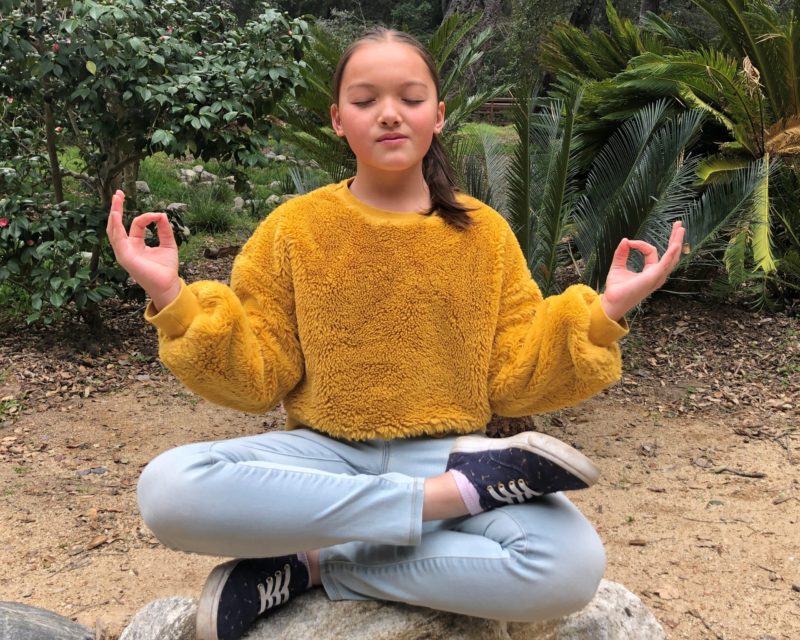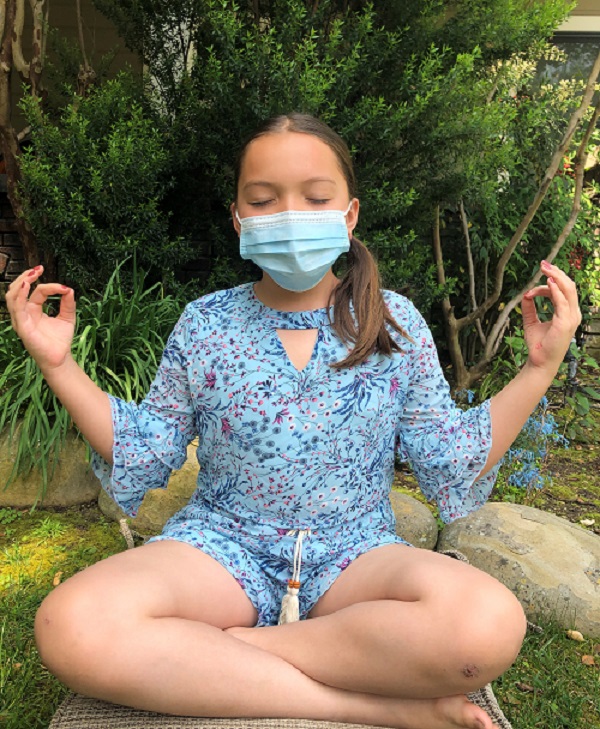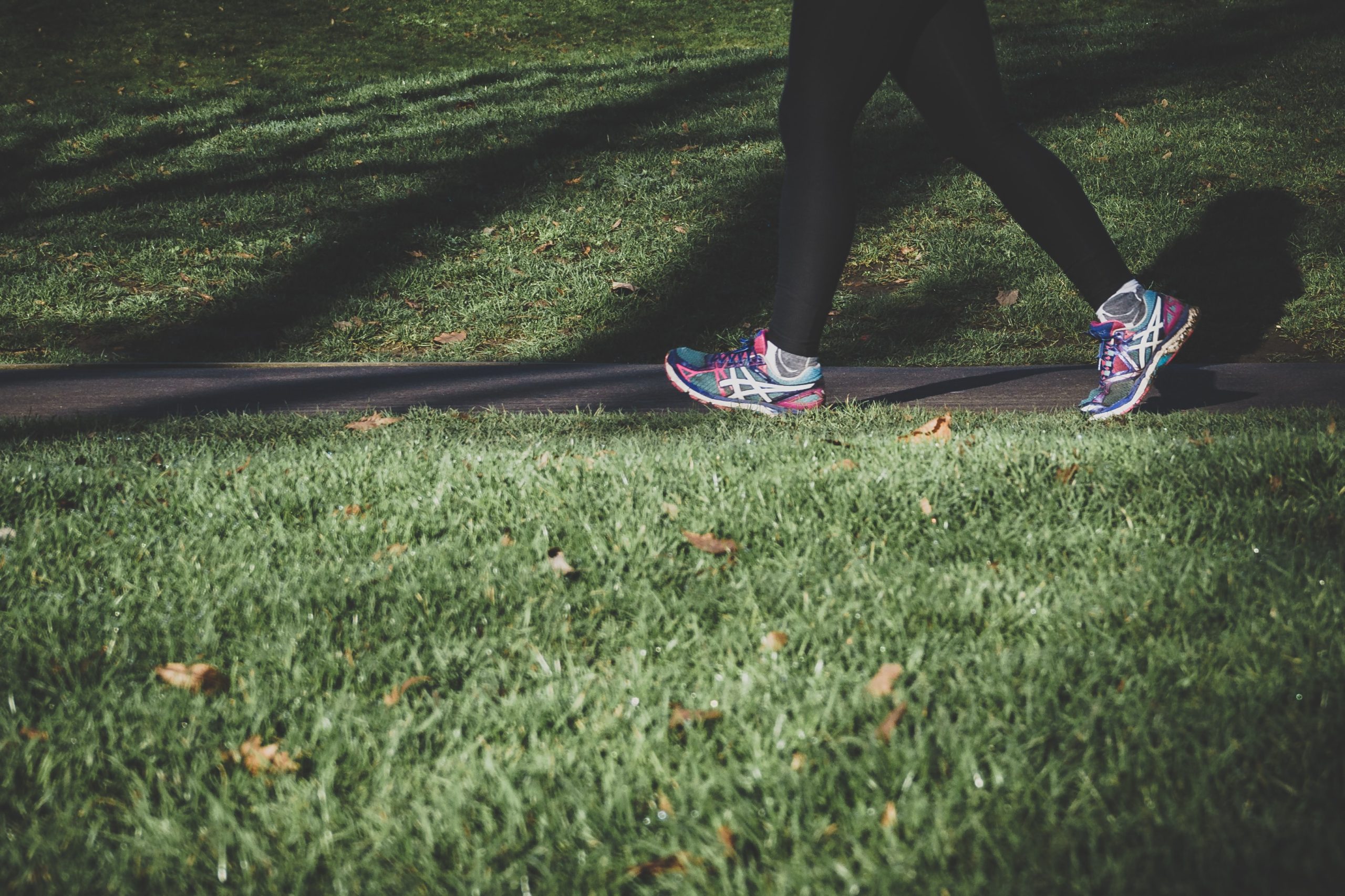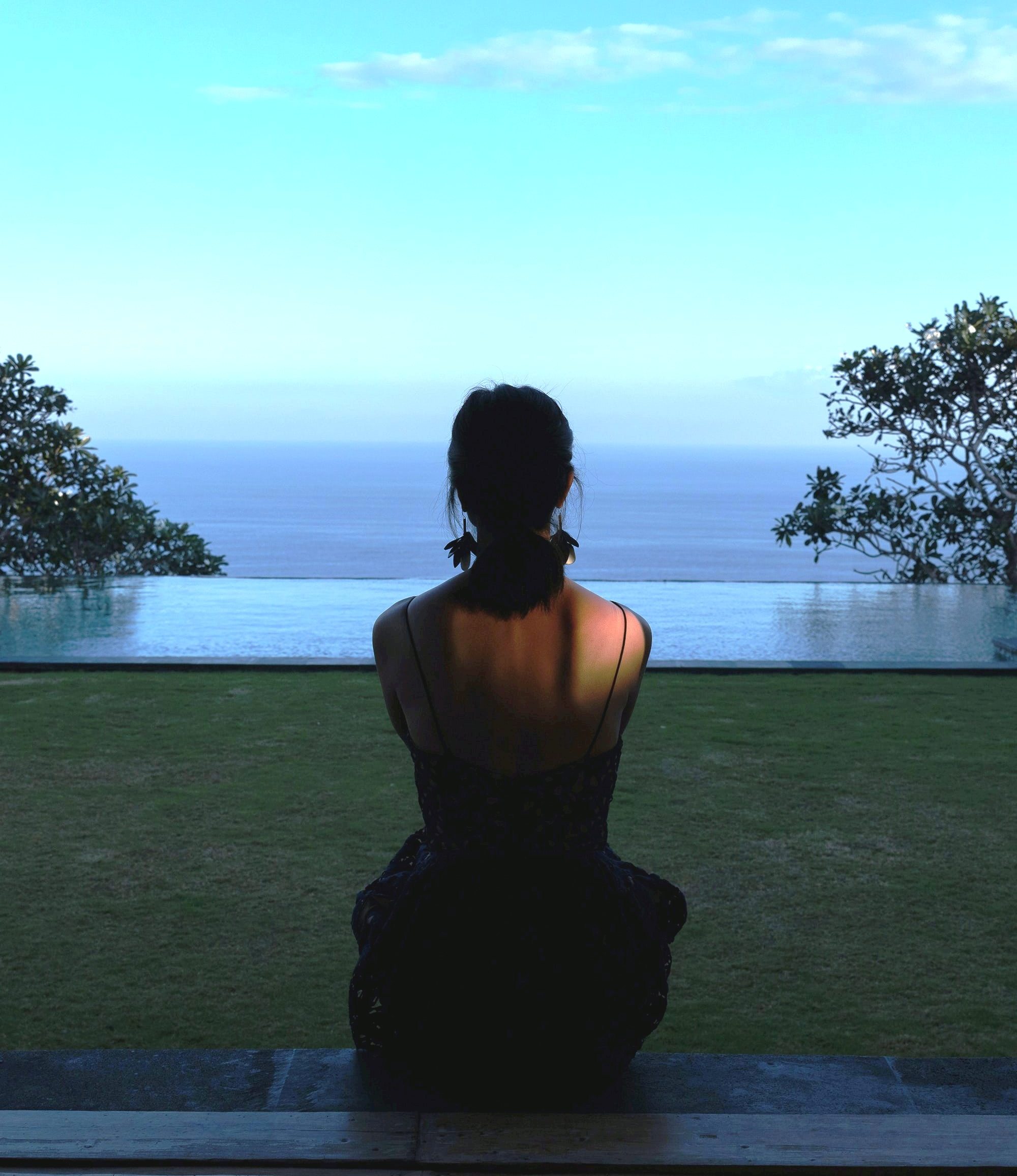
One by one, deep emotions pour out of my clients as I listen to them describe the most unprecedented challenge of their careers. People’s livelihoods are at stake as they feel the pressure to make good decisions quickly on all fronts; anxiety and sadness at having to let go of good people they care about; trying (as good leaders do) to see opportunities within the difficulties. Let’s face it. It’s challenging in good times to lead a company. In uncertain times like these, how do you look through the unfolding darkness to be the leader you need to be?
In an interview with CNN’s Erin Burrett, Dr. Anna Yusim, New York City Psychiatrist expressed how she’s helping 15 leading medical workers fight the battle of COVID-19 on the frontlines. She expressed the importance of finding that place of centeredness within yourself every day. She shared the need to look within and find the still and quiet, even when confusion and uncertainty are all around you. Suppressing or numbing your emotions will ultimately harm your heart and break you down when they finally come out. By feeling your pain and those of others, you’ll move through it, processing emotions more freely than if you put up a wall. So how do you find that stillness? How do you quiet your mind and stay grounded within all the noise? How do you find your center to make better decisions and have a leadership presence that gives your people a sense of safety and security in uncertain times? How do you find your “Inner Chloe?”

MEET CHLOE. Spoiler alert: She’s only 9 years old, with wisdom beyond her years and a creative spirit. She might just make you question your way of coping.
Are you up for the challenge?
Let’s see.
We met in her mom’s office, decorated with Chloe’s art on the walls. As I began to guide her mother through a meditation for the first time, I learned Chloe had been doing a sitting practice for 3 years. I invited her to join us. She knew exactly what to do. After that, I asked Chloe to help her mom with this practice!
Chloe attends a public school. They’ve created a culture where students have an opportunity to grow and develop into mindful individuals with the capacity to emotionally connect in a distracted world. All students, grades 1-5, practice mindfulness 2 days a week, guided by a professional who visits each classroom.
In these times of social distancing, the vital challenge is to help people stay present when sitting in front of screens on devices that only weeks ago were implements of distraction. In these times it is even more imperative that we listen to others and receive with openness their ideas. My clients who are thriving within this pandemic have found ways of creating a deeper connection between their people, even when miles apart.
They understand that it is more important now than ever for employees to feel seen, heard, and valued for who they are and what they have to offer.
By consistently doing her meditation, Chloe expressed an awareness of things she usually doesn’t pay attention to. “I’m less distracted and more focused. It’s helped me a lot with tests!” In fact, when taking tests, she’s able to keep calm and not stress out!
What tests are you faced within this new normal? What do you need to be more aware of that you don’t normally pay attention to? In times of extreme hardship, our blind spots trip us up; our fears challenge our internal wisdom and distort our views. By finding the stillness within, you operate from a centered place, make better decisions, and become a source of quiet strength for your people.
In class, Chloe is more focused on her teacher and less distracted by her friends. At home, she focuses on her homework, completing it quicker. She’s playing piano better because she’s connected to her music. On nature walks, she’s aware of things around her, including sounds. She even notices little things like a lizard running in between rocks.
Quarantined at home, what distractions pull you away from focusing on the very patterns, blind spots, fears that keep you from being your best? What are the little things that trip you up? If you were to address them, how could it help in breaking the patterns that hold you back?
At times when her younger brother gets on her nerves, instead of getting upset, she calms down by going to her room, putting on music, and meditating. When she’s sad, mindfulness helps her to bring in happy feelings.
In crisis, the emotional pressure we feel puts us on edge. We’re more easily triggered. How can you be with your emotions rather than ignore or push them away; using them as a source of intelligence to guide you? How do you fill up with good energy so you have happy thoughts to be your best?
When mindful, Chole notices that she’s more creative. Remember the artwork adorning her mother’s walls? She used to draw random things from a wandering mind. Now she’s inspired with ideas and a sense of purpose in what she draws. She says, “The best part, it’s fun!”
Taming the wandering mind leaves one more open and relaxed to let innovative ideas come in. You enter a place of openness that redirects your energy from anxious or angry or stuck to more creative solutions that can even be fun. You know, like Chloe!
LESSONS LEARNED
What can we learn from Chloe, a young leader in the making?
With today’s transactional mindset, we live disconnected within ourselves and from others. Being socially distant is not something new. We can see it in the gaps that have grown wider every day between generations, genders, bosses, and their people. Our busyness disconnects our head from our heart, our mind from our body. As a result, too many live stressful and unfulfilling lives. Quieting your mind is the portal to a process that I refer to in my book as “connect and receive” with self and others. It’s the first principle in becoming a Sawubona* Leader, one who can thrive in a VUCA (Volatile – Uncertain – Complex – Ambiguous) world.
The Coaching Strategy below will assist you in your leadership journey. It’s simple; takes very little time and results are impactful when practiced consistently. Already doing a mindfulness practice? Approach this one as if it’s new; then see what unfolds. Remember, it’s not the “doing” to check off your list; it’s the “feeling” to experience in your body.
Sawubona!
Susan
* Sawubona: A Zulu greeting meaning “I see you.”
COACHING STRATEGIES WITH A CALL TO ACTION
“The practices we engage in turn us into who we are.”
Sitting (Practice)
How Often: Once or twice daily for about 3 minutes per sitting. Best in the morning before you start your day. If possible, in the evenings before bed.
What to Do:
Find a quiet place to practice. Put on a timer for 3 minutes.
- Sit in a chair with your back straight but not stiff, feet uncrossed and placed flat against the floor.
- Let your hands rest on your thighs.
- Shut your eyes.
- Notice your breath. Observe it going in and out of your nose or mouth; the rise and fall of your diaphragm. Take a long moment to notice your breathing.
- Now, take 5 slow, deep breaths as if breathing from your heart. Take your time.
- Next, notice your thoughts. When they arise, say to yourself, “Thinking,” and let them go. Then observe your breathing. If your mind tries to identify a sound; if you notice a feeling or sensation in your body, just say, “Thinking”, let it go, and go back to observing your breathing.
- Repeat until the timer goes off. Turn it off. Re-close your eyes.
- Take 5 slow, deep breaths as if breathing from your heart. Take your time.
- Slowly open your eyes and adjust to the environment.
Move through the day in a more calm, grounded, and centered way. It’s important after doing any meditation, that you take your new way of being into your day. Be aware of throwing yourself off-centered by ungrounded patterns of rushing around. Integrate centeredness into everything you do. Notice how it feels compared to rushing around.

Photo by Arek Adeoye on Unsplash
Engaging Your Senses (Alternative Practice)
Do your sitting practice but integrated into an activity of basic goodness. The only difference: eyes opened; when you have a thought, say, “thinking”, let it go; now instead of observing your breathing, engage all 5 senses.
Choose 1-2 areas of basic goodness: eating; taking a shower; in today’s new normal, washing your hands; walking in nature around the neighborhood; standing in line.
How Often: Whenever you’re engaged in this activity.
What to Do: Do the activity slowly so you can experience what you’re doing. Don’t rush through it to check off your list. Do only this activity – eat without doing another activity; when walking, walk alone or in silence with another; when standing in line, stand still, don’t sway.
For example: When walking, eating, showering, washing your hands, do it slowly. If you have a thought, say, “thinking”, let it go, go back to engaging your senses – what am I seeing, hearing, smelling, tasting, feeling? Repeat the sequence until you complete the activity.
Join our Global Sawubona Community here.
Learn more about the story behind Sawubona Leadership here.
Learn more about what a Sawubona Leader is here.
Find all of my #LeadingInDarkTimes articles here.
Do you have a copy of my book Leadership’s Perfect Storm? Send me a picture with you holding it to be featured in future newsletters!


We use cookies to give you the best possible experience on our website. Learn more.